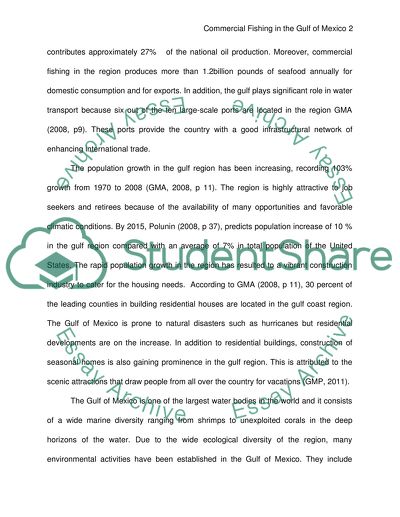Cite this document
(“Commercial Fishing in the Gulf of Mexico Research Paper”, n.d.)
Retrieved from https://studentshare.org/family-consumer-science/1412091-commercial-fishing-in-the-gulf-of-mexico
Retrieved from https://studentshare.org/family-consumer-science/1412091-commercial-fishing-in-the-gulf-of-mexico
(Commercial Fishing in the Gulf of Mexico Research Paper)
https://studentshare.org/family-consumer-science/1412091-commercial-fishing-in-the-gulf-of-mexico.
https://studentshare.org/family-consumer-science/1412091-commercial-fishing-in-the-gulf-of-mexico.
“Commercial Fishing in the Gulf of Mexico Research Paper”, n.d. https://studentshare.org/family-consumer-science/1412091-commercial-fishing-in-the-gulf-of-mexico.


